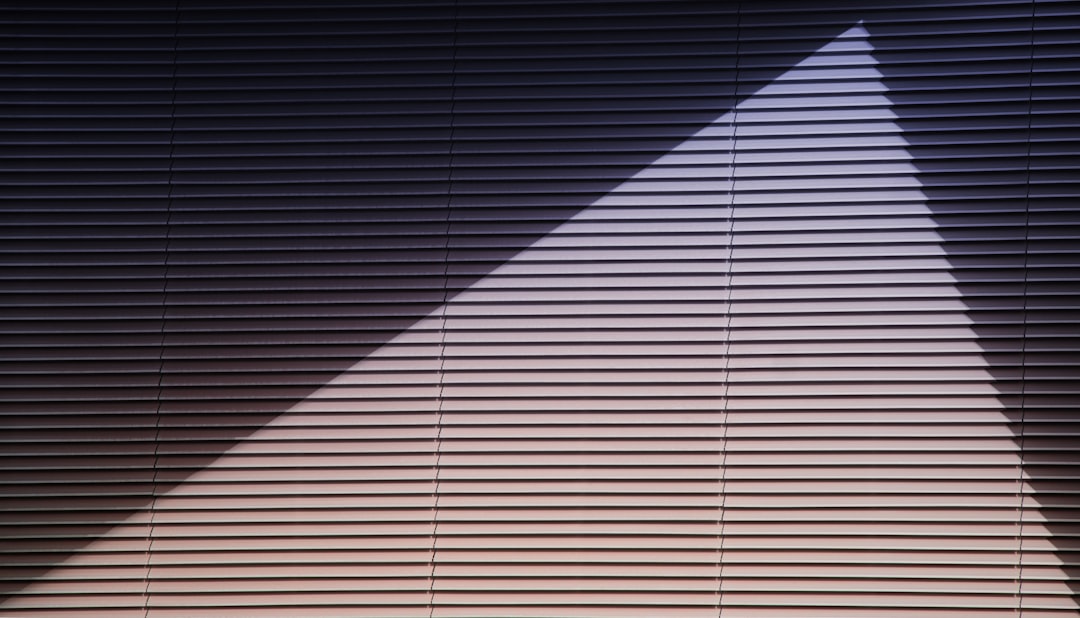What is it about?
Surgical telepresence using augmented perception has been applied, but mixed reality is still being researched and is only theoretical. The aim of this work is to propose a solution to improve the visualization in the final merged video by producing globally consistent videos when the intensity of illumination in the input source and target video varies. The proposed system uses an enhanced multi-layer visualization with illumination-aware gradient mixing using Illumination Aware Video Composition algorithm. Particle Swarm Optimization Algorithm is used to find the best sample pair from foreground and background region and image pixel correlation to estimate the alpha matte. Particle Swarm Optimization algorithm helps to get the original colour and depth of the unknown pixel in the unknown region. Our results showed improved accuracy caused by reducing the Mean squared Error for selecting the best sample pair for unknown region in 10 each sample for bowel, jaw and breast. The amount of this reduction is 16.48% from the state of art system. As a result, the visibility accuracy is improved from 89.4 to 97.7% which helped to clear the hand vision even in the difference of light. Illumination effect and alpha pixel correlation improves the visualization accuracy and produces a globally consistent composition results and maintains the temporal coherency when compositing two videos with high and inverse illumination effect. In addition, this paper provides a solution for selecting the best sampling pair for the unknown region to obtain the original colour and depth.
Featured Image

Photo by Matthew Kwong on Unsplash
Why is it important?
The proposed system uses an enhanced multi-layer visualization with illumination-aware gradient mixing using Illumination Aware Video Composition algorithm. Particle Swarm Optimization Algorithm is used to find the best sample pair from foreground and background region and image pixel correlation to estimate the alpha matte. Particle Swarm Optimization algorithm helps to get the original colour and depth of the unknown pixel in the unknown region. Our results showed improved accuracy caused by reducing the Mean squared Error for selecting the best sample pair for unknown region in 10 each sample for bowel, jaw and breast. The amount of this reduction is 16.48% from the state of art system. As a result, the visibility accuracy is improved from 89.4 to 97.7% which helped to clear the hand vision even in the difference of light. Illumination effect and alpha pixel correlation improves the visualization accuracy and produces a globally consistent composition results and maintains the temporal coherency when compositing two videos with high and inverse illumination effect. In addition, this paper provides a solution for selecting the best sampling pair for the unknown region to obtain the original colour and depth.
Read the Original
This page is a summary of: Mixed reality using illumination-aware gradient mixing in surgical telepresence: enhanced multi-layer visualization, Multimedia Tools and Applications, September 2021, Springer Science + Business Media,
DOI: 10.1007/s11042-021-11343-8.
You can read the full text:
Contributors
Be the first to contribute to this page










